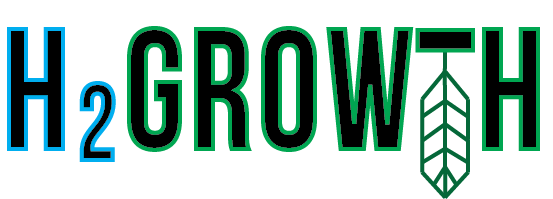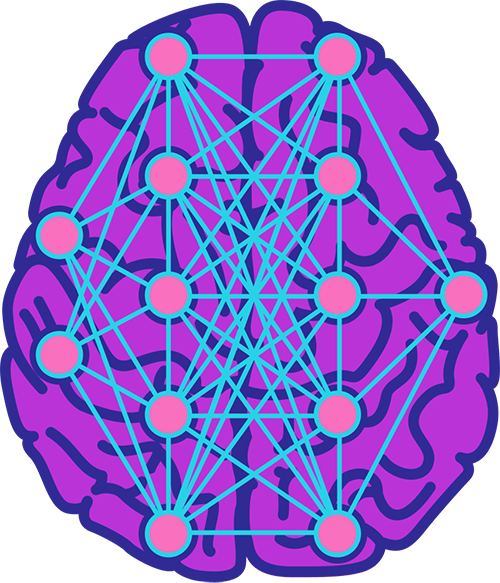An IoT based approach to precision farming, focusing on saving resources while improving yields.

Breaking it down to the basics of plants needs, we have chosen the most important sensors to collect data on important resources.
We can connect multiple devices thanks to Lora, which can send data over 15km and runs off low power.
Our neural networks can help make sense of the data, provding specific recommendations and future predictions.

Local farmers are key for development and distibution of food in rural areas, where the most hungry live. But, they don't have the oppurtunity to implement state of the art technology because it is very expensive. Why should farmers buy multiple sensors, increasing the cost. We have selected sensors based on what plants need to survive: sunlight, water, nutrients, and a healthy temperature.
This design places the sensors where they need to be, soil sensors near the bottom, and light sensors near the top. All while being connected to a microcontroller at the heart of this hollow device. It's simple design allows for easy reparis and slanted surface reduces the build up of precipitation. This is one of many designs for different crops and their height, ensuring that sensors and our camera can see what they need to. It includes a small ventilation slot to allow the outside air to sneak in while keeping insects out. The device is powered by solar energy, absorbed by durable and water proof solar pannels.
While we try to distrubute more nutritous food at a low-cost, we must take note of environmental impacts. Today, that mainly includes the waste of water and harmful use of pesticides and fertilizers.
Some plants never receive the needed amount of water, others receive too much, both affecting the chance they will leave the farm and make it to market. As a result, farmers overproduce and waste even more resources and money,
despite questions behind the need for fertilizers.
We plan to use AI models specific to each farm that suggest
actionable recommendations with the use of neural networks (ANNs, LSTMs, and Computer Vision). We would use sensor collected data as inputs and the height of plants along with which ones make it to market as metrics. Farmers will finally get to experiment and find the best practices for certain parts of their farm.

Everything that makes H2Growth the future of agriculture.
For a corn height device, the cost for the entire package is $265.00. We also offer a basic plan which excludes the soil nutrient sensor and the camera, with a market price of $236.99. Depending on where your planting your device and the height of crops, prices may vary.
In the field, a Lora transmitter is connected to the arduino, which collects all the sensor data. This Lora transmitter will send small data packets to a Lora receiver, which can be as far as 15 km. The Lora receiver is connected to a Node MCU module with built-in Wi-Fi. This module will be near the farmer's house where the data is then uploaded to the internet and we can use python to prepare the data for the AI models with the help of pyserial. Finally, the collected data and our recommendations are uploaded to an app.
When H2Growth is first integrated into your farm, we will not have enough data to make specific recommendations. This is why we collect farmer's data to compare your farm with others which have similar conditions in order to provide reccomendations. If you wish to keep your data private, you must continue with your regular practices while our sensors collect data on your farm.
Give everyone access to the food needed for development, ensuring food is not an obstacle to reaching your full potential. Currently, we are focusing on distribution, a key problem regarding world hunger. According to the UN, 70% of the world's most hungry live in rural areas of developing countries. Despite all the food produced outside of North America, those countries are often the most hungry because there is only enough food to meet export demands. We need to offer local farmers the ability to make more food in order to give more people acces to the food they need, and improving the economy. In addition, if we can reduce the amount of chemicals used, that will aid with the nutrition content of the food.
We are currently in the prototyping stage, testing the durability of H2Growth and fixing any bugs. After prototying, we plan to distribute to local farmers in North America to continue testing and work on making the system completely automated (controlling the irrigation). And finally, start to distrubute to rural areas in developing countries in hopes of moving one step closer to ending world hunger. The current target consumer is local farmers, but expanding to larger farmers is a possibility due to their larger environmental impact.